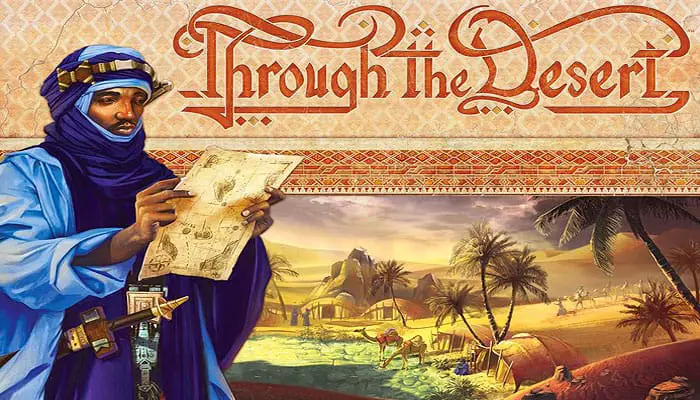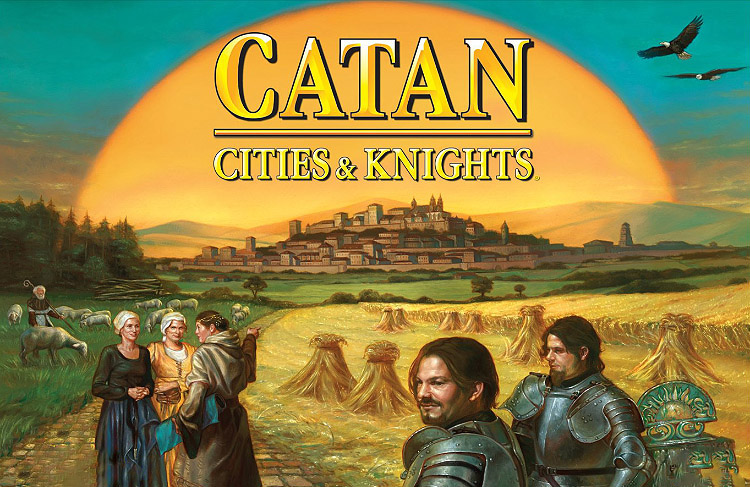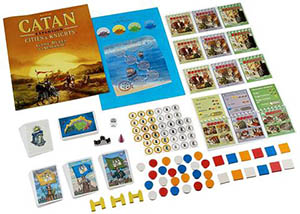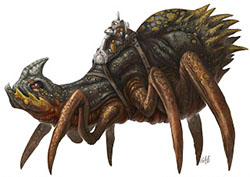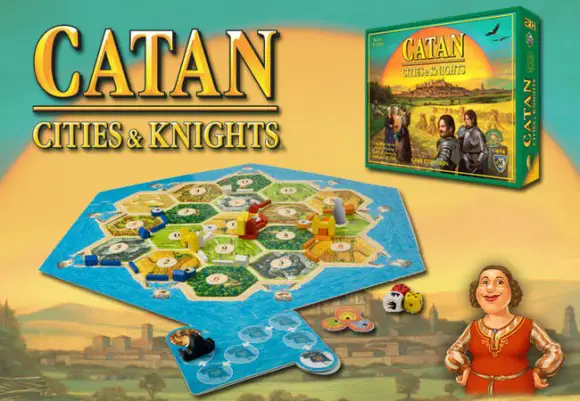
It should come as no surprise that I have some disagreements with "the almost-complete Strategy Guide" presented in this site by Alex Pomeranz. Everyone plays the game differently and therefore there are different dynamics to playing the game with almost each group.
Whereas his tips are meant to be "general" and thus without all that much weight, his overall assessment of the value of particular resources and such could be considered more specific and unchangeable, and those are what I'll discuss. …


